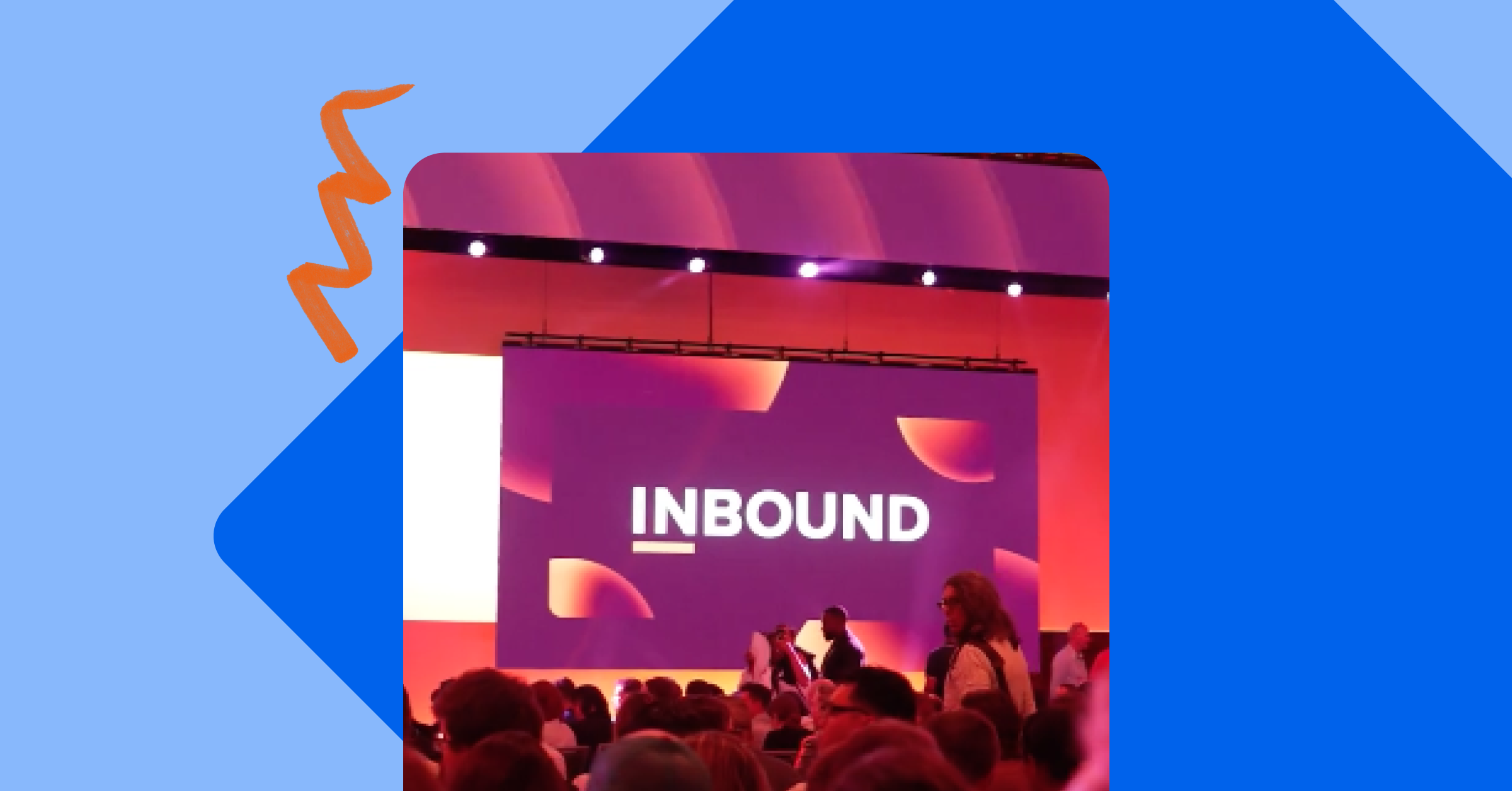Why Higher Ed Institutions Should Adopt a Publisher’s Mindset

February 03, 2016

When the word “publishing” comes to mind, you probably think of Penguin, Random House, or magazine articles (or in my case, food blogs). It’s got no place in your university’s enrollment marketing strategy, right?
Think again.
Traditional forms of advertising simply aren’t working the way they used to. Enrollment marketers need to become industry thought leaders who promote relevant, educational content rather than content that strictly markets their school’s programs.
In order to stand out in the already over-crowded sea of enrollment marketing content, enrollment managers need to adopt a publisher’s mindset when it comes to recruiting new students. It’s time to learn how to create and distribute educational content that attracts (not distracts) new prospects.
What exactly is a publisher’s mindset?
A publisher’s mindset within enrollment marketing means focusing on producing educational and enlightening content rather than sales-related, recruiting content. In this way, institutions can better attract an audience and establish trust as a resourceful form of content distribution.
How higher education institutions can take a lesson from big brands
An article by Contently examines why big brands like Red Bull, Marriott International and Airbnb launched publications and full-fledged media companies in order to expand their brand awareness.
In this piece, Tessa Wegert asserts that rather than relying on impersonal, flat advertising, “brands are flipping this model on its head” and differentiating themselves from competitors by existing as a source of information and relevance.
Red Bull, for instance, created a multifaceted approach to reaching and “engaging its target audience in an ongoing conversation” with online advertising, print, film sponsorships, and even becoming Apple TV’s first branded content channel.
The same tactics that apply to these household brands can be applied to institutions by focusing on producing content that leads with relevant and meaningful information.
For example, your graduate school could produce an eBook on “How to Study for the GRE While Working a Full-Time Job” or publish a blog post on “5 Things You Probably Didn’t Know about a Master’s Degree in Cybersecurity.”
Your undergraduate enrollment team could publish a student-made video of a live campus tour (BONUS TIP: have the student add funny commentary along the way, making the video “real” while also being the kind of content that other students would want to share!).
The methodology behind the mindset
The goal is to create content that is informative but that does not solely focus on self-promoting recruitment slogans. Applicants are more likely to trust an institution where they find relatability and accessibility. Since the publisher’s mindset is about gaining an audience instead of selling a product, institutions should produce a myriad of avenues in which they can educate and engage with prospective students.
Institutions should also focus on creating content that highlights their understanding of a prospective student’s questions and concerns, while educating students on trends and news in various industries.
Maintaining relevance and answering questions establishes credibility and trust between prospective student and said university, thus making a conversion scenario that much more likely.
What form does an enrollment office’s published content take?
Since content is so crucial to attracting, converting, closing, and delighting strangers into students, schools should be publishing blog posts, newsletters, industry-specific digests, infographics and videos.
A blog post on “How to Afford Nursing School,” an infographic on “An Analysis of Professionals Redirecting Their Careers After 40,” a downloadable eBook on “How to Balance Work and Family Life While Getting Your MBA,” and an industry newsletter on “What Can You Actually Do with a Bachelor’s Degree in Cybersecurity?” are all examples of educational, noteworthy content that prospective students will be sifting through.
And while this kind of content remains worthy of noticing (and even sharing!), it is not sales-y or pushy.
The bottom line is simple
Prospective students need guidance, analysis, empathy, and information. They crave education before they even decide to apply to a school’s program. And the publisher’s mindset exists as an effective method for providing the educational content that is so important to the beginning of the application process.
If enrollment marketers can provide these resources by publishing and distributing content that attracts and educates, the quality and quantity of applicants will improve, and most importantly, the conversion rate from stranger to student will increase.
Interested in inbound marketing for your institution? Check out some of our inbound marketing resources!
.jpg) EBOOK
EBOOK
See how schools are using HubSpot for their enrollment marketing
Service Categories: Enrollment Marketing, Content Strategy, Brand Development, Creative & Content




.png)



.png)